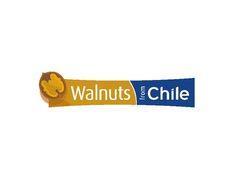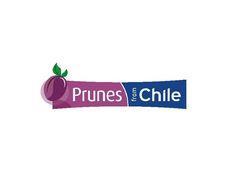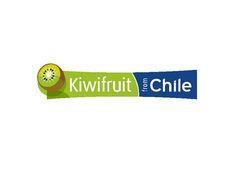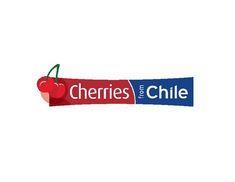






The Chilean fruit industry has announced that after 12 months of extensive research and negotiations it is pulling together its entire fresh and dried fruit sectors under the new brand Fruits from Chile.
The country is re-branding its exports because existing marketing plans have lacked direction, with too many differing logos proving confusing.
The overarching brand has been the Chile Fresh Fruit logo, which has become well recognised, but Chile fears the plethora of detached logos issued over the last decade has been confusing for its customer network and their customers.
The Chilean Fruit Exporters Association (ASOEX), which is one of the groups that has studied the impact of its marketing strategies, has said now is the time for unity.
“We decided the time had arrived to create a consistent and harmonised branding strategy for the Chilean fruit sector and its related subsectors, which would reflect the image and values which characterise our industry today,” said ASOEX chairman of Ronald Bown.
“By giving consumers and trade colleagues in all of our key destination markets a clear vision of what Chilean fruit stands for, we hope to achieve greater penetration and development of our export potential in the next few years.”
The trade study has shown Chilean fruit is respected for its quality and origin and Fruits from Chile is hoping to develop on this with the slogan: “‘Fruits from Chile - The pride of our land”.
Chile is the leading fresh fruit exporter in the southern hemisphere, representing 59.3 per cent of all fresh fruit exports from the region - taking into account the major product lines of table grapes, apples, kiwifruit, avocados, plums, cherries, peaches, pears and blueberries. It is the number one exporter of table grapes, plums and blueberries and the number two exporter of avocados and cherries.
More than 2.4 million tonnes of fresh fruit was exported to over 100 countries by Chilean companies in the 2010-11 season. The principal destination markets were USA with 38 per cent, Europe with 29 per cent, Latin America with 16 per cent and the Far East with 11 per cent.



